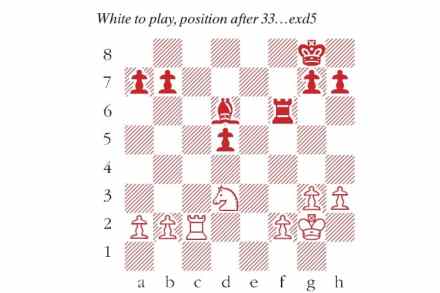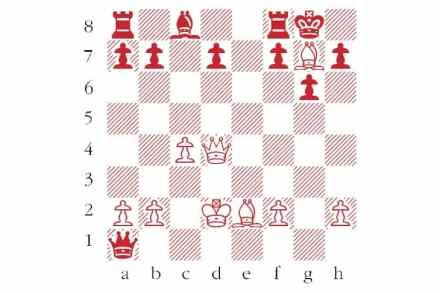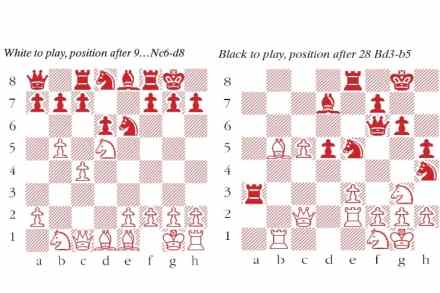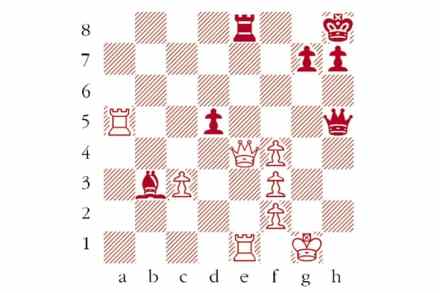The Manx Liberty Masters
I sat on the plane to the Isle of Man, leafing through a copy of Nigel Short’s new book, Winning. Since I was about to play a chess tournament, you would imagine that Short’s analysis of eight memorable tournament victories contained insights for my own campaign. Strange to say, that thought hardly crossed my mind.





















